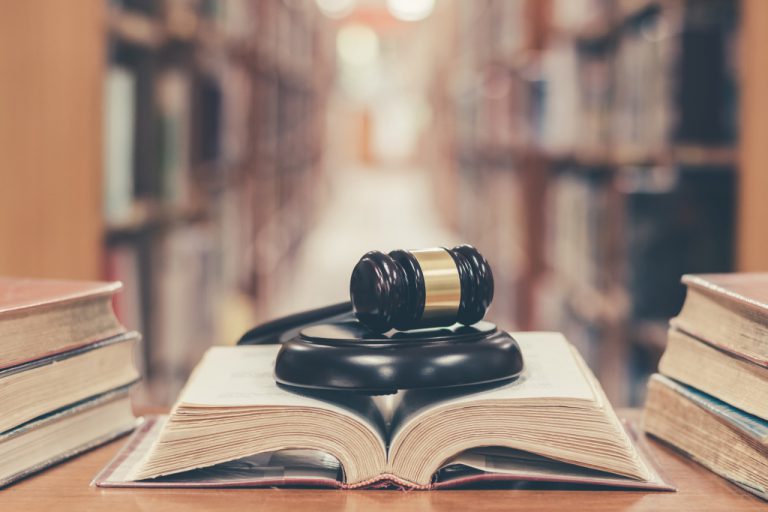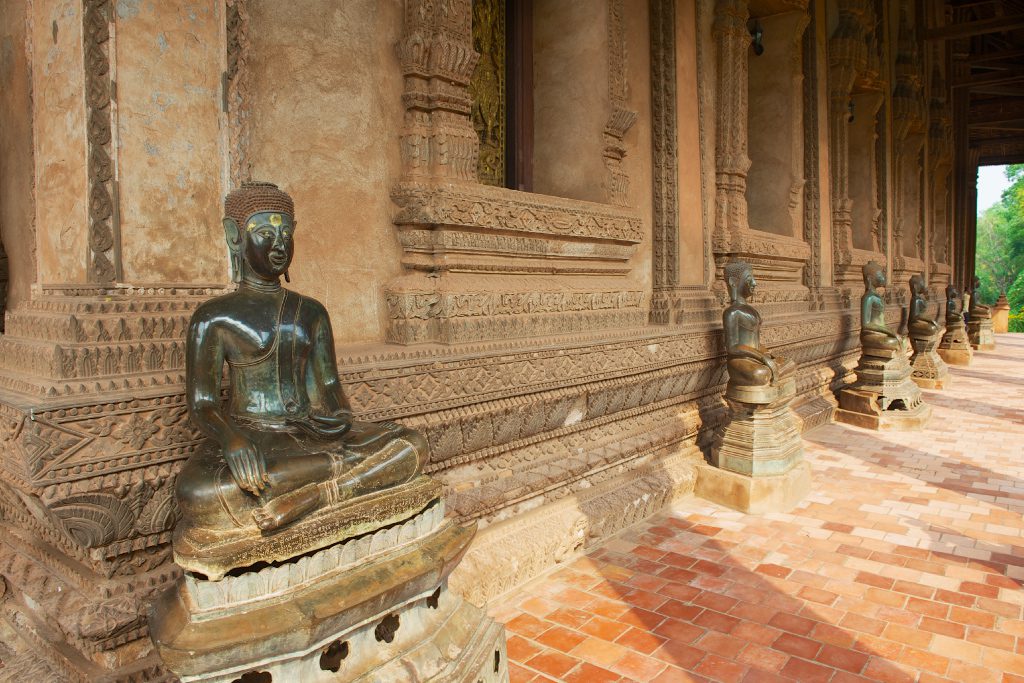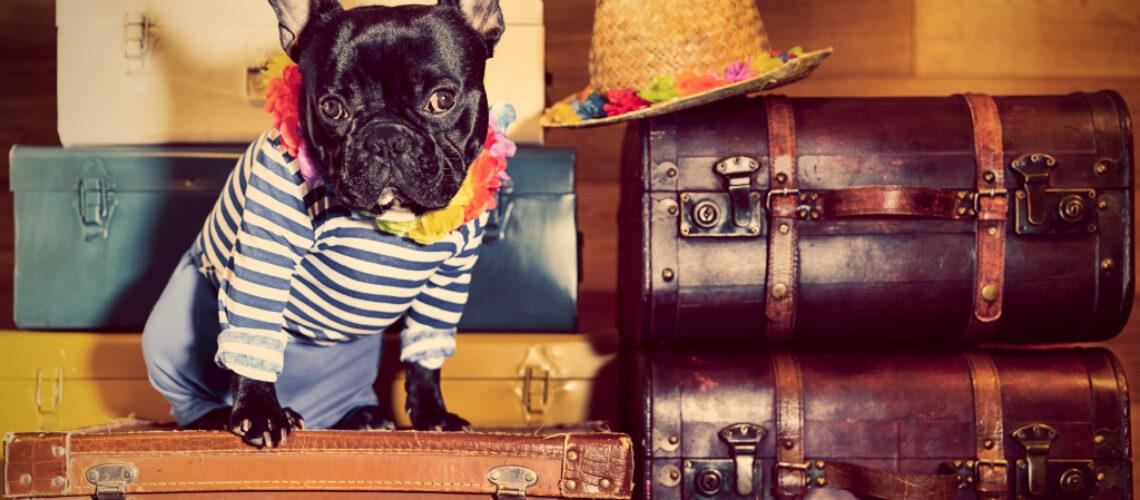Summer is finally here and for many that means travel and travel photography. Travel photography isn’t just interesting but also rewarding. The National Geographic and Lonely Planet are two big names in the field of travel photography, but nowadays with social media, specially Instagram, travel photography has found a new platform. Some photographers have even established a worthwhile way of living with their social media. Murad Osmann, for example, who has more than four million followers created a great social media hype for his series “Follow Me”.
Situations like this make it easy to believe that nowadays more and more photographers are underway, not just to take a couple of snaps for their private albums, but also to find that perfect shot for commercial use too. But every country has its own rules, so holding the shutter-release could be the better option, because sometimes taking the shot could be breaking the rules. That’s why it’s always better for photographers to tread carefully, when staying in foreign lands.
Pay attention to people's privacy
The question of privacy soon arises when images are taken and shared in public domains. When on European soil, Article 8 of The European Convention of Human Rights (ECHR) protects everyone’s right to personal and private life. Meaning, as a general rule, defamatory photos of individuals in public places, or situations where the individual has a reasonable expectation of privacy cannot be shared without their permission.
But now we have to question exactly where does someone have a “reasonable expectation of privacy” as it varies country to country. For example, in Greece there is a big difference between a private place, and a public place. Train stations are a public place, meaning anyone wanting to take pictures there, doesn’t need to ask permission to photograph others. However, it’s the complete opposite in Switzerland. A photographer can end up endangering someone’s privacy, and even have a legal case against them. In Japan things are different again. When taking a photo of someone without their permission, before sharing, it’s advised to make them look unrecognizable with editing. Any photographer should be especially careful on the go when children are photographed. A court in the UK decided that a publicly made image of a child could interfere with their private life when used without permission, even when the parents are part of the image.

Respect different cultures
Cultural differences also need to be respected. In Thailand, it is absolutely forbidden to photograph the Emerald Buddha (Wat Phra Kaew), as they consider him too holy to be captured. He is actually so holy that only the King of Thailand is allowed to touch him. In Japan and many other locations around the world the selfie-stick is not allowed to be used. The reason being that many believe the selfie-sticks can be hazardous in certain environments. In Japan, their ban exists i.a. in trains because tourists have been known to hold their selfie-stick out of the window causing it clash with the cable wires, leading to train failures. In Mexico, however, a place called Chamula has an absolute ban on photography as they believe photography steals souls. In the Church of San Cristóbal de las Casas people are not even allowed to write notes.

Conclusion: Before anyone considers making a largescale documentation of their travels, study and learn the local laws and rules, making sure you are a bit familiar with them. It is often best though, to feel the vibe of where you are, and pay attention to feelings of the locals, to avoid getting yourself in trouble.
© COPYTRACK | Melizza Anievas

